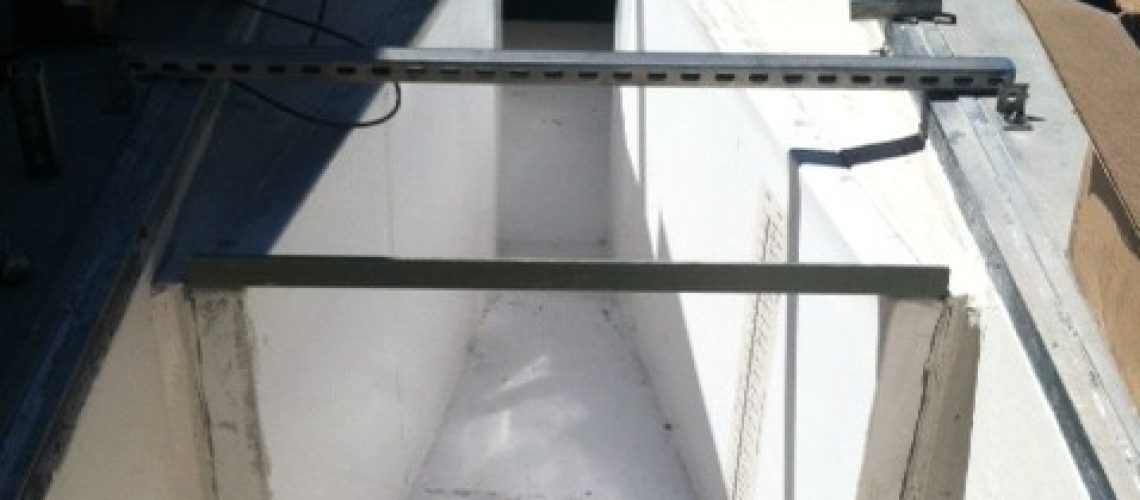When you’re measuring wastewater flows, you’ll need to utilize a flume in most cases. These handy devices excel at offering the accurate readings you deserve, but there are certain styles fit for certain situations that you’ll need to take advantage of if you want the best results. Learn all about the top flume styles for wastewater flows, and discover which style would fit your unique situation best.
Municipal Treatment Plants
If you’re looking for flow rate measurement solutions at municipal treatment plants, you’ll most likely be utilizing Parshall flumes in most parts of it. In the headworks and the effluent of the plant, Parshall flumes are the most common design type across the industry. Additionally, they can be used to measure partially treated waters in between certain sections of the plant.
Aside from Parshall flumes, you can also find success using cutthroat flumes, specifically with flow splitting and interplant flows. Trapezoidal flumes, on the other hand, are typically only used for smaller plants with low flow rates. That’s the exception rather than the rule, however, as many smaller plants still prefer Parshall flumes above all else.
Industrial Pretreatment
Similar to municipal treatment plants, industrial pretreatment plants often use Parshall flumes more than anything else. This is no accident as Parshall flumes are the most universally applicable flumes available with extensive research making it easy to adjust equations for accurate measurements when necessary.
Cutthroat flumes may also be used in industrial pretreatment plants, but there’s often no need for flow splitting. Instead, you’ll find HS and H-flumes more often since pretreatment plants often don’t have to deal with heavy flows or large debris. Just keep in mind that HL flumes are generally too big for a pretreatment plant to facilitate especially considering their free-spilling discharge requirement.
What Not to Use
While several different kinds of flumes can be useful for wastewater flows, RBC flumes are generally not applicable. Their design is useful for flows that don’t have any solids to deal with whatsoever, and that’s not a scenario that’s very common in pretreatment or treatment plants. Instead, RBC flumes are designed to work in small earthen channels and furrows with very low flows.
Remember that most wastewater flows are going to have some sanitary solids going through them. An RBC flume simply doesn’t have the size to handle those kinds of solids. In general, any kind of flume with a throat width of less than three inches is going to be inappropriate for wastewater flow rate measurement in general since clogging will inevitably occur.
Flumes from Tracom
No matter which of the flume styles for wastewater flow measurement you’re looking for, Tracom has got you covered. We offer a wide variety of different flumes across all styles, but that’s just the beginning. Work with our team, and you can create a custom design uniquely suited for your specific flow channel conditions. We utilize fiberglass construction, so you can always count on your new flume to be dimensionally exact and the perfect fit with your flow channel. Contact us today to get started!


